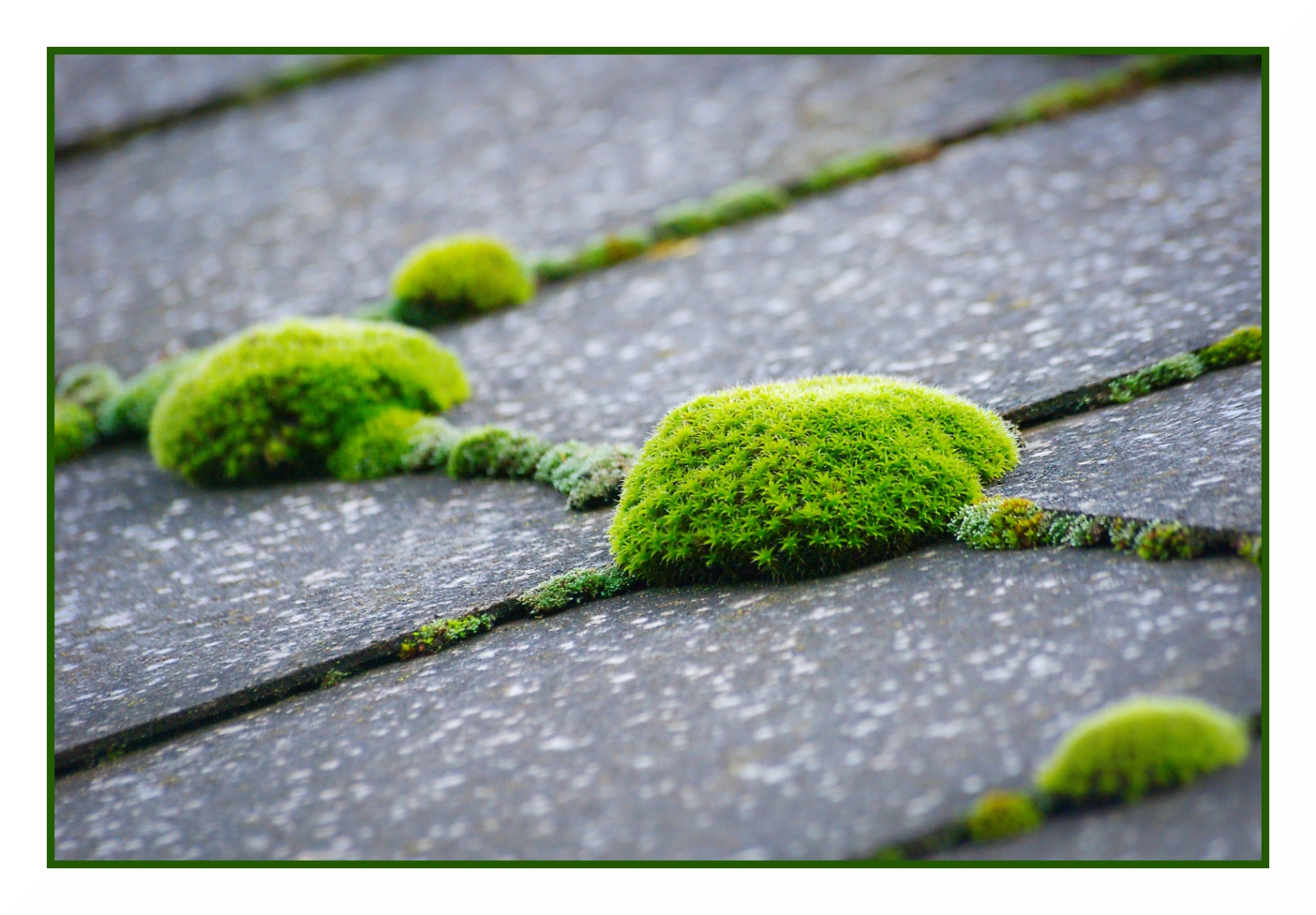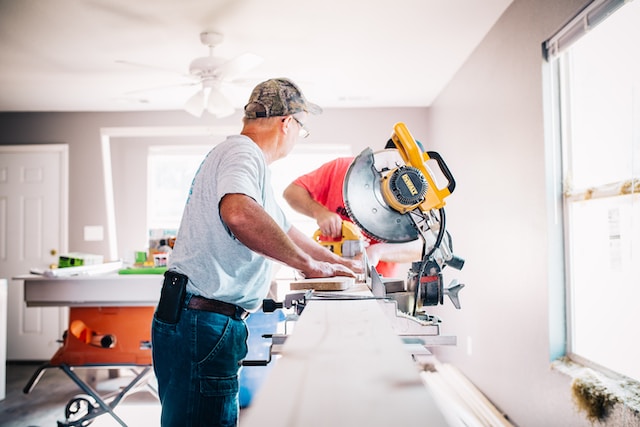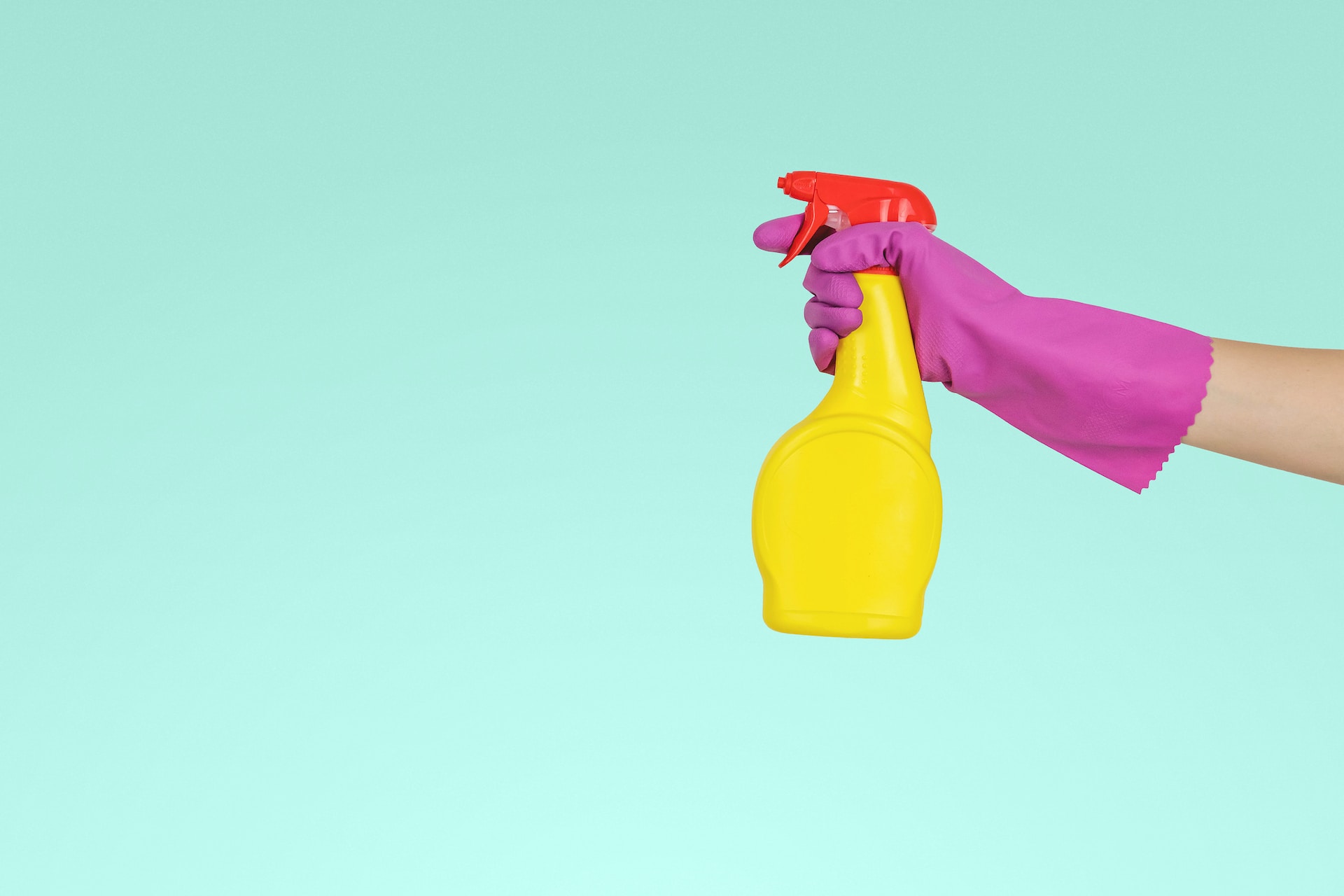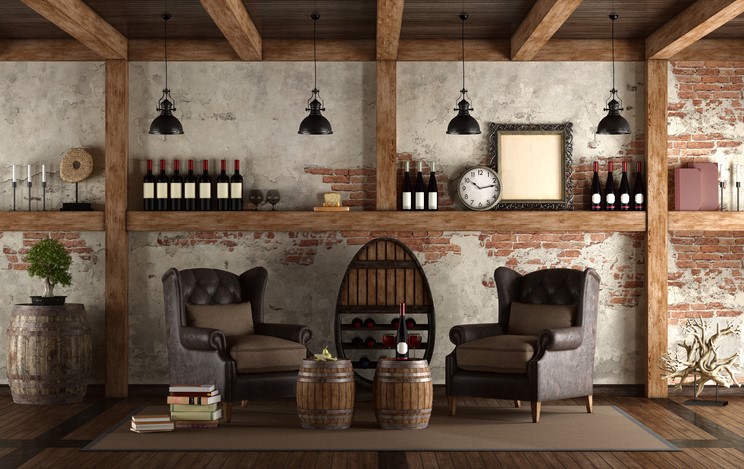Removing moss from a roof is an important maintenance task that will help extend the life of the shingles and roof structure. Whether you do this project yourself or hire a professional, this task may need to be done as frequently as once a year (depending upon your regional climate). Actually removing the moss requires using the correct tools and supplies as it can be easy to damage the roof shingles while removing moss. As a species, moss is an admirable bryophyte and historically it has been used as bandaging material. In fact, in World War I, it was considered an important element in successful wound care as it is naturally absorbent and some varieties contain antimicrobial effects against bacteria and fungi, which promoted antisepsis. However, on a roof structure it can cause serious damage over time, potentially leading to water leaks inside the home or the need for a whole roof replacement. Let’s take a look at how to tackle this project.
How to remove moss from a roof
Moss can be removed from a roof by a scraping action and killed by a chemical reaction. Some roofs are so heavily laden with moss that it might take a combination of efforts to completely remove the moss. Since scraping can harm the shingle material (especially asphalt shingles), the preferred method is a chemical action sometimes followed by a gentle physical removal process. There are many off-the-shelf products designed to kill moss and algae, just check to read the effect on plant life below the roof. If you use a chemical roof killer, you’ll want to carefully read the manufacturers’ instructions; some need to be mixed with water and sprayed and some are in a powder form.
If you have a metal roof, you probably won’t have to worry about moss growth as often as an asphalt or cedar shingle roof. But metal roofs still need maintenance and regular cleaning so that algae and moss don’t become a problem.
Supplies
- moss killing agent (either a powder or liquid form)
- wide brush for gently sweeping off dead moss
- garden hose or handheld spray pumper (optional)
- protective eye gear and gloves
- ladder if necessary
Instructions
Before you begin you’ll want to carefully read the instructions of your moss killing product. Some products need to be mixed with water and sprayed onto the roof. Other products may need to be sprinkled onto the roof. Although most chemical moss removing products start working immediately to kill the moss, you may need to leave the product on for over an hour. Removing leaves, branches and needles from the roof surface first will make it easier for the moss killer to get full coverage. Following the chemical application, it is recommended to gently brush away the dead moss in a downward motion (in the same direction as the shingles). Never sweep upwards or you could lift up the shingles. Depending on your product, you may need to follow this step by hosing down and removing the dead moss, but some products need to be left on without a rinse. If the moss is really thick, you may need to repeat this process. If you notice any damaged or missing shingles, have them fixed immediately.
How to prevent moss growth on a roof
Moss loves the shade and loves moist climates. If you live in a humid region you’re probably used to seeing a greenish tint on roofs and exterior siding. While you can’t change your climate, you can try to increase the amount of sunlight that hits your roof. Trim branches or limbs that hang over the roofline. Additionally, moss spores love to settle and grow on organic material. So regularly sweeping leaves and needles off of the roof can also cut down on moss growth. The key to remember is that you can reduce the likelihood of moss by creating an unfavorable environment. Some moss killing products are designed to be left on the roof surface to prevent or inhibit the growth of moss. This is why reading the moss removal instructions carefully is important. Some homeowners also find success in nailing down a strip of zinc on the crest of a roofline. Zinc flashing around skylights or chimney seem to naturally repel moss on the shingles “downstream” from the metal. There are other metal products and derivatives that can be sprinkled on the roof surface however some of these may be very harmful to aquatic and plant life. So controlling the water runoff will be a requirement when using these products.
What kills moss
Moss prefers a pH environment of 5.0 – 5.5, so an acidic or base environment can work to kill existing moss. Acidic products (with a pH level of 4 or lower) would include distilled white vinegar, lemon juice or another naturally acidic liquid. Products that are a base (with a pH level of 7 or higher) includes baking soda, bleach, baking powder or salt. Both the acidic and base products listed can be effective at killing moss but could also harm surfaces. In fact, they may end up harming the roofing material. Always test out products before you use it on the entire roof.
Why you shouldn’t use a pressure washer to remove moss
Spraying chemicals and gently brushing off the moss can be time-consuming, you might think that using a stronger method, like a pressure washer, would be preferred. Although some moss removing companies advertise using a “gentle” pressure washing system, it is generally considered unwise to use a pressure washer at all. Used incorrectly, a pressure washer can easily rip off shingles and push water up under the layers. Some roofing manufacturers will actually void your warranty if you use a pressure washer on your roof shingles.
Should you DIY this project or hire a professional?
Climbing and navigating a roof can be very dangerous for the average homeowner. Thousands of people end up in the emergency room each year due to falls from ladders. Add to this a slippery, moss-filled roof and you may just want to hire a professional who knows how to safely climb a ladder and has the necessary equipment to secure themselves to the roof and prevent falling. They will also know how to safely walk on the roof and which areas to treat and how.
If your home is one story and has a gentle slope, and you understand basic ladder safety, you can attempt this project yourself. Keep in mind that the chemicals you are using should not get into your eyes and may be heavy to lift off of the ground. Always have another adult on hand to help.
What happens if you don’t remove moss from the roof
Moss is fantastic at absorbing water, with some species able to absorb as much as 20 times it’s own weight in water. This ability to retain moisture isn’t great for shingled roofs. Additionally, as moss grows under the shingle layers it can start to lift up the shingles, allowing moisture to go underneath the shingle and into the underlayment below. This can cause water to leak into the home or attic and lead to serious water damage. If you suspect a leaky roof, have a professional roofer take a look right away.
How a mossy roof differs from a living roof
If you see a home with a particularly mossy shingle roof you may be inclined to think that it’s a “green” roof. But in fact, a greenroofing system is structured entirely differently from a traditional shingled roof. A true greenroof system is composed of a multilayer structure with built-in drainage and a unique waterproof system to protect the underlayment. And the best greenroof systems are composed of a variety of plants to create a harmonious ecosystem.




